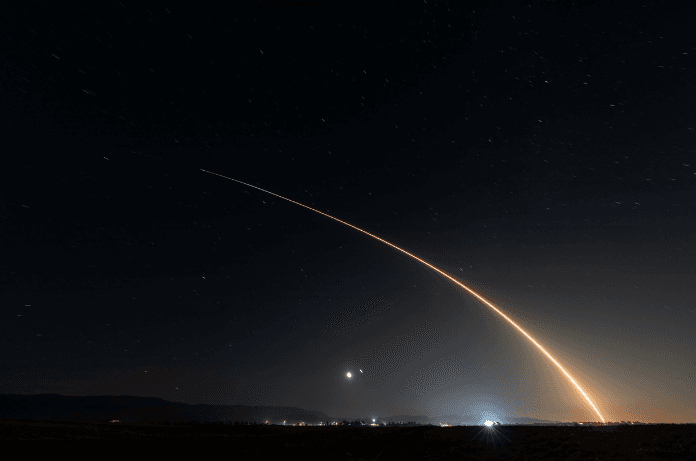Elon Musk has once again pushed the boundaries of innovation, announcing a groundbreaking achievement in the Starlink project. The first Starlink satellite constellation capable of providing direct internet connectivity to unmodified cell phones is now complete. This milestone is a game-changer for millions living in remote areas, granting them internet access without requiring specialized equipment.
The announcement follows the successful launch of 20 Starlink satellites, including 13 with direct-to-cell capabilities, from Vandenberg Space Force Base in California on Wednesday. This marks a significant leap forward in SpaceX’s quest to eliminate service dead zones and make reliable internet universally accessible.
As the Falcon 9 rocket lifted off, it heralded a new era in satellite communication. With laser backhaul technology ensuring seamless communication between satellites, this advancement not only enhances connectivity but also reinforces Elon Musk’s vision to revolutionize internet access globally and support future initiatives like Mars colonization.
The first Starlink satellite direct to cell phone constellation is now complete.
This will enable unmodified cellphones to have Internet connectivity in remote areas.
Bandwidth per beam is only ~10Mb, but future constellations will be much more capable. https://t.co/wJHMGEzzE4
— Elon Musk (@elonmusk) December 5, 2024
The Launch That Changed the Game
The Falcon 9 rocket’s mission was a masterclass in precision and innovation. After deploying the satellites into low Earth orbit, its reusable first stage returned to Earth, landing safely on the “Of Course I Still Love You“ droneship in the Pacific Ocean. This marked the booster’s 12th flight, showcasing SpaceX’s efficiency in reusable rocket technology. And will enable users in remote areas to access the internet without needing specialized equipment, significantly enhancing connectivity for underserved populations.
The newly deployed satellites integrated into the existing Starlink constellation via laser backhaul technology, enabling faster and more efficient communication. This step eliminates dead zones and ensures uninterrupted internet access, especially during critical times when connectivity matters most.
What This Means for Global Connectivity
The new direct-to-cell technology allows standard cell phones to connect to satellites without additional hardware. This development is especially transformative for underserved and remote regions. Currently, the bandwidth per beam stands at 10 Mbps, but Musk hinted at significant upgrades in future constellations, promising even better user experiences.
With over 7,000 satellites launched and 6,799 operational in low Earth orbit, the Starlink constellation is already the largest of its kind. Approximately 330 satellites now support direct-to-cell services, with plans to expand the network further. SpaceX has ambitious goals to deploy up to 34,400 satellites, with an initial target of 12,000 in the coming years.
A Growing Subscriber Base
The Starlink initiative has captured global attention, with millions of subscribers already benefiting from high-speed internet. During a recent demonstration, Starlink successfully sent and received text messages via T-Mobile’s network using its direct-to-cell technology. This breakthrough proves the system’s potential to redefine connectivity, allowing even those in the most remote areas to stay connected using regular cell phones.
Musk’s Broader Vision
This milestone aligns with Elon Musk’s broader vision of creating a globally connected world. Beyond Earth, the technology lays the groundwork for future endeavors like the colonization of Mars. By bridging the digital divide, Starlink aims to empower underserved communities, enhance disaster response, and transform communication as we know it.
A Leap Toward the Future
Laser backhaul technology plays a pivotal role in this advancement. By enabling satellites to communicate using laser beams instead of traditional radio frequencies, it ensures faster, more reliable internet connectivity. As SpaceX continues to expand its network, these innovations are set to make global broadband coverage more robust and accessible.
The latest strides in the Starlink project demonstrate the potential of technology to transform lives. With ambitious plans to deploy thousands more satellites, SpaceX is not just reshaping how we connect but also laying the foundation for interplanetary communication.
If you want to be part of this revolution, stay informed about Starlink’s offerings and join millions already experiencing high-speed internet in remote corners of the globe. Explore how this technology can empower your connectivity needs, wherever you are.

